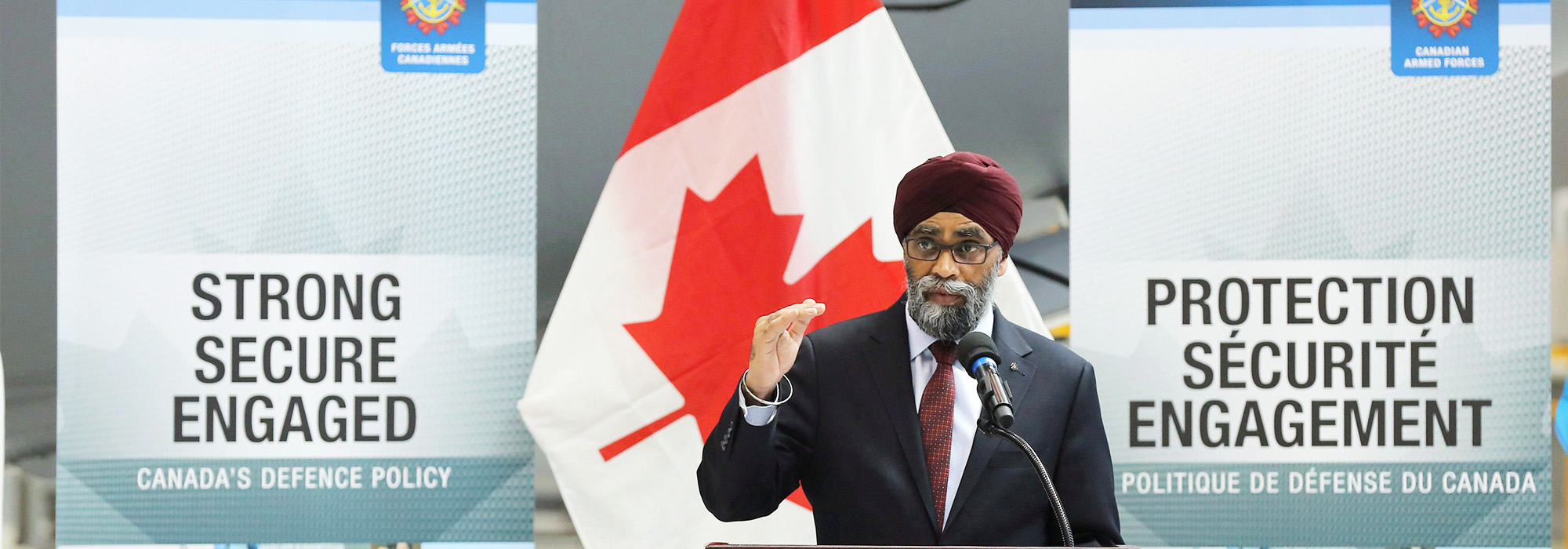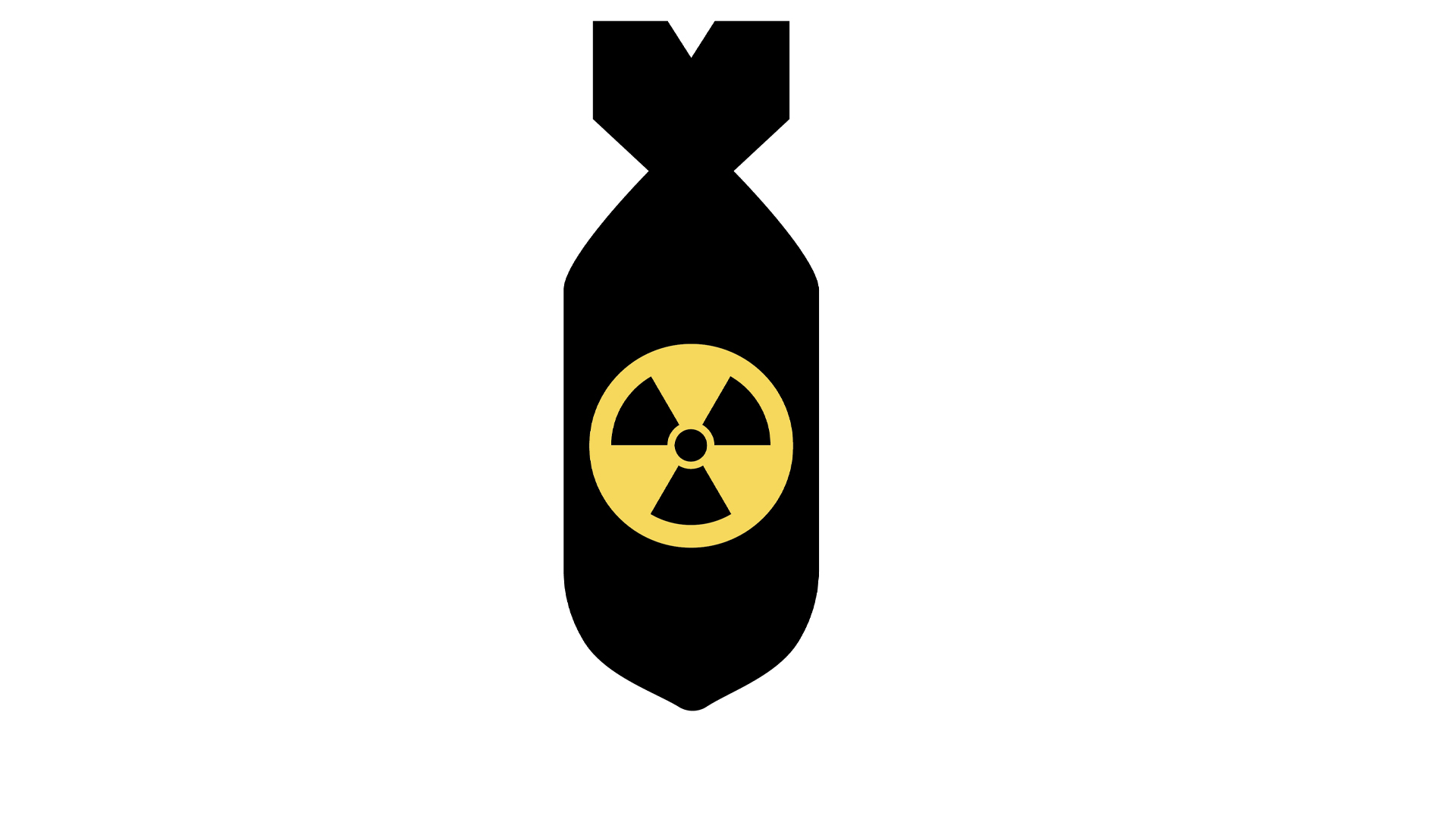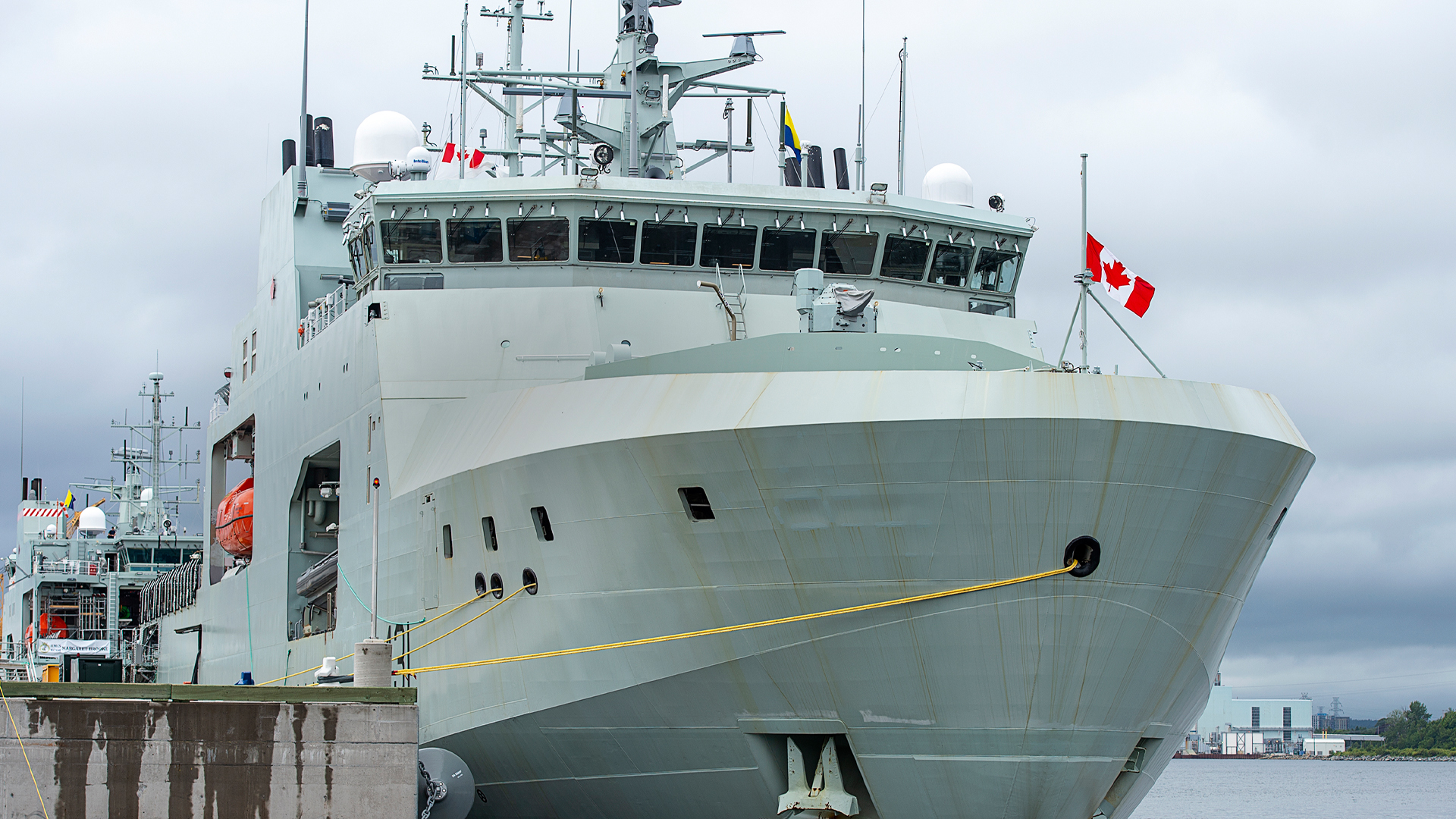
The Trudeau government has just published their much anticipated defence White Paper. Titled Strong, Secure, Engaged, the document was the product of unprecedented public consultations, ranging from round tables chaired by the Minister of National Defence to an online portal for Canadians to make submissions, more than 20,000 of which were received by the government.
The paper is rooted in the context of the civil wars, insurgencies and crumbling states in the Middle East and Africa, a revanchist Russia, an emergent China testing the limits of international law, rogue states, principally North Korea, and the new international terrorism. It is also the first Canadian defence policy to explicitly recognize income inequality and climate change as major sources of global instability and conflict.
Strong, Secure, Engaged outlines an ambitious 20-year agenda for the Canadian Armed Forces, anchored in a significant increase to the size of both the regular and reserve forces — 3,500 and 1,500, respectively. It commits to a robust capital equipment program — the signature items of which are pledges to purchase 15 Canadian Surface Combatants (naval warships) and 88 fighter aircraft, effectively recapitalizing the core combat capabilities of the Navy and the Air Force. More than $60 billion in new money is promised over the next two decades to fund the policy. The government estimates this will boost Canada’s defence spending to gross domestic product (GDP) ratio from 1 percent today to 1.4 percent, still well shy of NATO’s 2 percent target, but on the path toward that lofty goal.
Since its release, the paper has received good reviews in public from the media, from defence commentators and from NATO. This kind of robust defence policy was unexpected from the Trudeau government, so it has been treated as a pleasant surprise.
Yet there is another conversation about the White Paper that is ongoing within the defence establishment. This centres on a skepticism about the degree to which the government’s ambitious commitments are sincere, particularly the financial resources — the sine qua non of any defence policy’s success. The bulk of the funding is to be delivered beyond this government’s mandate. And some who believe the complex and serious implementation challenges of Strong, Secure, and Engaged were not considered in its design. As political scientists Aaron Wildavsky and Jeffrey Pressman warned governments 45 years ago “the separation of policy design from implementation is fatal.”
All of this begs a simple question. Is the Trudeau government’s defence policy statement worth the paper it is printed on? A look at the history of defence White Papers suggests the answer to this question is “it depends.”
Lessons from the past
In the last few decades, Ottawa has published five defence White Papers (including the latest Trudeau government effort). All of these documents purported to forecast defence and security challenges well into the future. Each of them, therefore, offered a fairly long term agenda for Canada’s military, recognizing as well that any significant change in defence posture takes years to implement.
Notwithstanding those longer-term ambitions, however, the last four defence policy statements had a shelf life of no more than a few years each, before they were overtaken by events or succumbed to forces beyond their control. Arguably, the lifespan of two of them could be measured in months. Why did this happen?
Since the 1980s, Canadian defence policy statements have been undermined and sometimes gutted by three big forces.
The most lethal of these is what we might call the “structural deficit phenomenon.” Structural deficits (i.e., a deficit based on a fundamental imbalance between revenues and expenditures that persists even when the economy is running at full potential) invariably lead to some form of departmental spending restraint or austerity initiative, such as Brian Mulroney’s deficit reduction efforts, Jean Chrétien’s Program Review, and Stephen Harper’s Deficit Reduction Action Plan. And there is no such thing as a serious government spending-restraint exercise that doesn’t’ adversely affect the budget of the defence department. This isn’t so much a function of antimilitary politics, as some allege, but rather a function of arithmetic.
While it is true Canada hasn’t measured up in many years to our allies in military spending as a percentage of GDP, the fact is that defence typically accounts for somewhere between one-fifth and one-quarter of all federal nonstatutory departmental spending. For practical purposes, then, defence can never be exempt from a spending restraint initiative (nor is it in any NATO country for that matter). Cutting the defence budget in austere times is in fact one of the few areas of Canadian public policy where there has been a rock solid bi-partisan consensus for a generation.
The Mulroney government’s ambitious A Defence Policy for Canada (1987) and the Harper government’s big-spending Canada First Defence Strategy (2008) were largely rendered irrelevant by the structural deficit phenomenon, which those governments faced. The spending-restraint initiative in Finance Minister Michael Wilson’s 1989 Budget pretty much ended the ambitions of the 1987 paper, and Jim Flaherty’s 2010 Budget and the government’s Deficit Reduction Action Plan did similar damage to Canada First. Moreover, the Chrétien government’s modestly titled 1994 White Paper on Defence, which cut the defence budget by one-third and radically reduced the size of the force, was in fact the product of the structural deficit phenomenon. One could argue that the finance department was as much the author of that White Paper as was the defence department.
The second big phenomenon that can make a defence White Paper stale and in need of significant revision is an unforeseen change in the international security environment. The rather abrupt and unpredicted disintegration of the Soviet Union in early 1990s, for example, put the final nail in the coffin of A Defence Policy for Canada, which had articulated a largely Cold War posture. And 9-11 certainly made the 1994 White Paper on Defence look obsolete, as it said little about international terrorism and the failed and failing states that emerged in the 1990s.
The third issue that can unravel defence White Papers is an election that brings into power a new government with a significantly different world view about the military, the threats Canada faces at home, and Canada’s role in the world. The Martin government’s 2005 defence White Paper, titled A Role of Pride and Influence in the World, suffered this fate. That document, published in the aftermath of 9-11 and in the context of the wars in Afghanistan and Iraq, committed to a 5,000 person increase to the regular forces (tilted toward the army), a re-invigorated international role for the military, as well as some $13 billion in additional funding over five years to implement the vision.
Months after the White Paper was released, however, the Martin government was defeated by the Harper Conservatives, who within two years published Canada First. While the Conservatives initially honored the previous government’s funding commitments to defence, the capital program, force structure and domestic military role and presence of Canada First was much different than that of A Role of Pride and Influence in the World.
Back to the future?
So, what is the likely fate of the Trudeau government’s defence White Paper?
First off, one has to give the government some credit. The Liberals have come a long, long way in a short time on national defence. Eighteen months ago, they were wedded to an antiquated view of United Nations peacekeeping. That nostalgia is replaced in Strong, Secure, Engaged by a more hard-nosed assessment of modern UN peace support operations. The mythologies and knowledge gaps of campaigning have given way to the realities and learnings of governing.
Furthermore, not only did the Liberal election manifesto see no reason for military force expansion, it committed not a nickel more to the Department of National Defence. That has now been resolved in favour of a defence fiscal framework that commits to putting over a $1 billion more into the defence budget this year, and raising it significantly beyond that level over time. Finally, back in 2015, the Liberal campaign approach to dealing with the chronic capital financing pressures at National Defence was centred on the idea of reallocating money from one underfunded capital program (the CF-18 replacement program) to another underfunded capital program (the recapitalization of the Navy). That shell game is also, thankfully, a thing of the past.
In assessing the likely life-span of Strong, Secure, Engaged, we can say a few things.
First, the structural-deficit phenomenon that wreaked so much havoc on defence White Papers over the past three decades does not apply today. The Trudeau Liberals are running a deficit to be sure, but few analysts think it is structural in nature. That said, this could change fairly rapidly depending on the spending patterns of this government, which seem to lack a firm fiscal anchor.
A sudden change in the international security environment, which could force adjustments to Canada’s defence posture, can never be ruled out, nor can it be predicted by any government. We have to take that as it comes.
As for a change in government that would wipe out the commitments made in Strong, Secure, Engaged, the Conservatives, while highly skeptical the government will deliver on their funding pledges to defence, tend to support the kind of increased military spending, force expansion and capital investment that are at the core of the White Paper (though they remain opposed to the Trudeau government’s position not to acquire the F-35 Joint Strike Fighter).
It is reasonable, therefore, to assume that this ambitious, long-term agenda for Canada’s defence has a somewhat better chance of surviving through its multiyear implementation than the last two defence White Papers. Ultimately, though, the true test of this policy’s longevity will depend on its support among Canadians. This is something we won’t know for some time, until the White Paper’s core features sink into the public consciousness.
Henry Kissinger once said “No foreign policy – no matter how ingenious – has any chance of success if it is born in the minds of a few and carried in the hearts of none.” That sentiment could also be applied to Canadian defence policies. And Strong, Secure, Engaged seems to have been crafted with that kind of thinking in mind. The document’s emphasis on improving the gender and diversity balance in the Canadian Armed Forces should command broad public support. And the focus in the White Paper on bolstering programming aimed at the quality of life of both serving and retired military should go down well with Canadians, most of whom who have scant interest in defence matters but who now, after the armed forces’ well publicized decade in Afghanistan, have a much better appreciation of the sacrifices the military and their families make on our behalf.
Ultimately, it is those kinds of political dynamics that could galvanize support for Strong, Secure, Engaged and help defend it against forces that might seek to undermine it.
Photo: Minister of Defence Harjit Sajjan speaks at CFB Trenton in Trenton, Ont., on Thursday June 8, 2017. THE CANADIAN PRESS/Lars Hagberg
Do you have something to say about the article you just read? Be part of the Policy Options discussion, and send in your own submission. Here is a link on how to do it. | Souhaitez-vous réagir à cet article ? Joignez-vous aux débats d’Options politiques et soumettez-nous votre texte en suivant ces directives.







